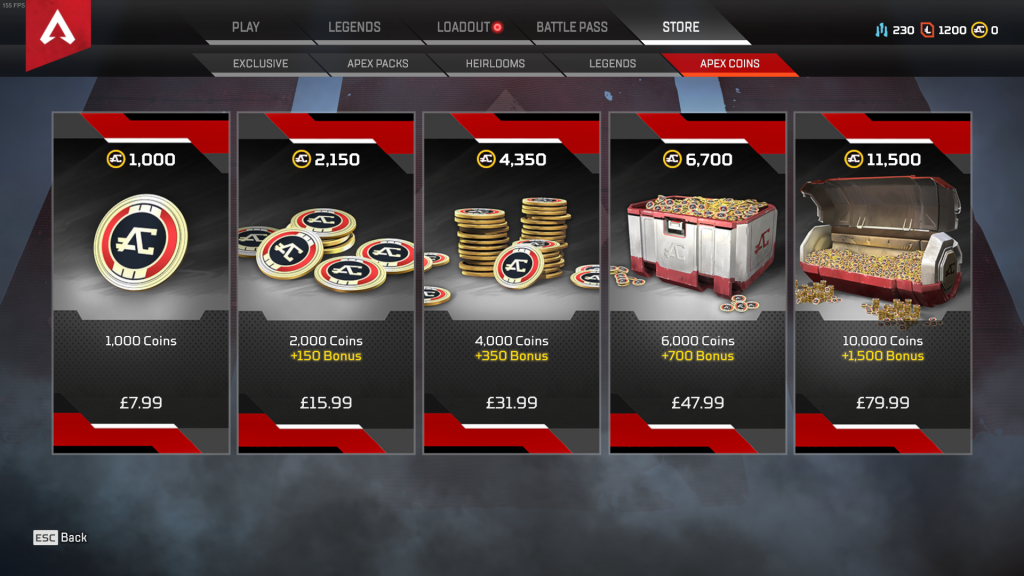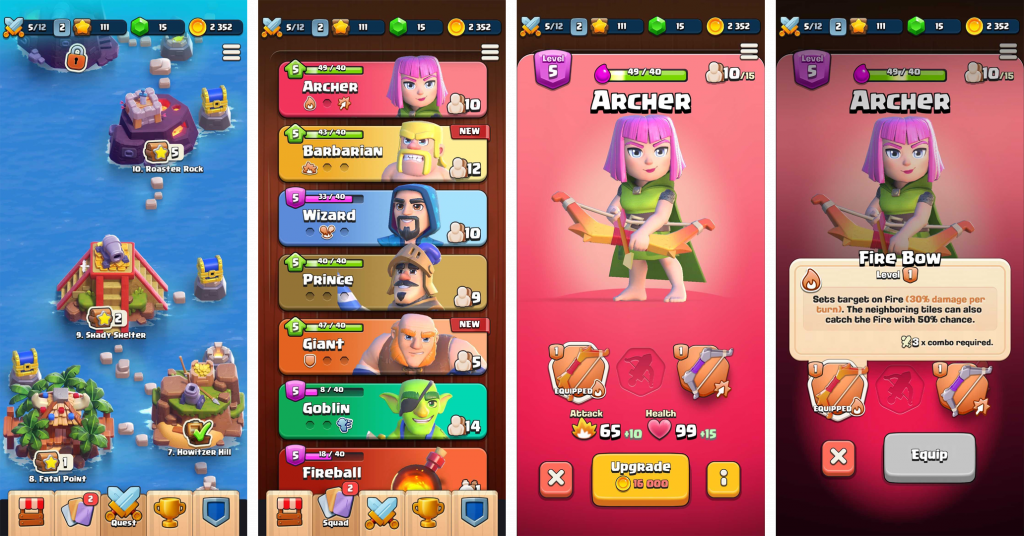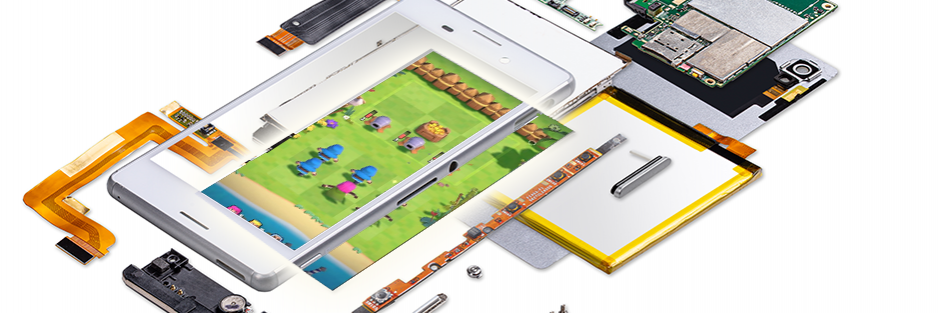The process of deconstruction can be fundamental in defining the success and quality of your next game project.
As such, understanding the process of ‘deconstruction’ could be considered a key skill within game design, yet it is so often misunderstood or given passing attention. Viewing a game through a deconstructive lens lets you build a mental model of the title being considered, including its function, successes, failures, and the behaviours it inspires in players.
At Department of Play we’ve shared a number of our own deconstructions here on the blog, and they commonly sit amongst our most well read content. Their popularity is a demonstration of the fact that thorough, thoughtful deconstructions of games bring developers and others in the industry tremendous value and insight.
Deconstructions can be applied to your own existing games, but are often most useful when focusing on the works of others; perhaps games of the same genre as your next project, or success stories built on a similar game design principle or technological foundation.
Just like prototyping, deconstructions can prove invaluable in the early stages of a game’s development and can be considered as a standard of the design and production pipeline.
What is a Game Deconstruction?
A ‘deconstruction’ broadly refers to applying a rigorous, critical and analytical analysis to a piece of media or art, often by breaking it down so its component parts and their interplay can be better understood. The process emerged from the worlds of philosophy and semiotics, and in its purebred form refers to understanding and exploring the relationship between a ‘text’ (which could include a videogame) and the meaning it conveys. Ian Bogost’s fascinating book Unit Operations: An Approach to Videogame Criticism explores how we can understand videogames through such a lense, proposing a ‘literary-technical’ theory for analysing games. It’s a read we at Department of Play would enthusiastically recommend.
Stepping away from academic-leaning applications of deconstruction theory, the process of deconstructing media is as varied as the motivation for applying the process. As such, there is no universal set of rules for getting game deconstructions right. Indeed, the same game could reasonably have two very different deconstructive processes applied to it in pursuit of different goals.
However, there is much you can do to get deconstructing right, regardless of the game or desired outcomes.
Why We Wrote This Article
Game deconstructions are a fundamental of the product review service we provide at Department of Play. We deconstruct around 50 games a year for various clients and use the outcomes to form a basis through which to highlight a product’s problems and potential solutions.
Through this process we have learned that there can be many pitfalls to deconstruction and as such we have built a robust, flexible framework for applying the process. With that in mind, below you’ll find eight key tips that will help you get more from the deconstruction process.

8 Tips for Effective Game Deconstructions
Start With ‘Why?’
Before you begin deconstructing a game, know what you want to take from the process. There are many reasons to deconstruct a game, from understanding a genre to digging into the specifics of economy balance.
Games are made up of millions of decisions that lead to millions of potential gameplay elements, so a full deconstruction is effectively impossible. So decide first what information you want.
Know where to focus, and know what questions you want to answer before you begin. Equally, having a clear understanding why you’re deconstructing a game will give you context as you begin to break it down and what chose to focus on.
Bear in mind that it may well be that you only need to deconstruct a single element: the art style, the market positioning, a feature, the monetisation, the balancing.
Know Your Assumptions
Deconstruction is ultimately a process of interpretation and is often highly subjective. That does not undermine the process, but being aware of your assumptions as you apply the deconstructive lens can be highly advantageous.
In most cases you will have to base your deconstruction on imperfect data, so you will inevitably have to make assumptions. Most of those assumptions will likely be around causality, but be aware that as you build your mental model of the game you may be wrong in some areas. Be willing to revisit and reassess your assumptions.
You should also never assume greatness. Even if you have many successful games behind you, be aware that you might not always understand what does and doesn’t work, nor fully comprehend every nuance of a success. In other words, succeeding and understanding the success don’t always go together. Having led a top grossing game’s team, I’ve seen that first hand.
To manage this challenge, apply the ‘Pareto principle’: 20% of causes will drive 80% of the outcome. In a fundraising context that may see 20% of donors contribute 80% of the money raised. In the case of a game deconstruction, you may find that around 20% of features are behind 80% of your findings.
The remaining 80% of features may have little or no impact. In fact, they can sometimes be harmful in informing your understanding of a deconstructed game.
With those factors in mind, avoid assuming that because a game is performing well that its current form is perfect; the game will almost certainly have thousands of ways in which it can be improved upon.
Gather a Broad Sweep of Data
Collect together as much data as possible about a game as you begin the deconstruction, including both qualitative and quantitative data. Business intelligence (BI) platforms such as App Annie offer popular options, though at Department of Play we have found App Magic and GameRefinery to deliver quality results.
However, you should not limit yourself to BI insight, as a broad spectrum of different data types gives you more context and insight with regard to breaking a game down. Also consider:
- Store reviews: These can highlight contrasts in perceived strengths versus player perceptions and offer perspective on player psychology within a game.
- Patch / release notes: In some cases these can take the form of an informal, small-scale deconstruction themselves, and patch notes commonly frame how a game has been refined, or highlight where developers have perceived shortcomings to exist.
- Press releases: These documents often highlight studio thinking, perceived key features, and milestones. They can often be found freely available via game or studio presskits.
- Industry talks: Talks by the team involved with the game – or simply about the game, its genre and so on – can give context to how the studio or the industry is thinking in relation to the game, or a trend or technology related to it.
- Existing deconstructions: At Department of Play we have shared a number of our own deconstructions over on our blog.
Finally, bear in mind that data alone often brings little value. It is the insight one can pull from that data that has true value. Consider how to extract that insight before you begin. Comparing and contrasting distinct datasets and forms of data is a useful approach – but so might be bringing in external perspectives, or experts in a given field.
Embrace Time Travel
Even before games were updated and maintained, they existed over a period of time, from early prototypes and documentation to a ‘final’ product. Titles’ success and sales are not consistent, and in the era of games as a live service that is truer than ever. Related to the points above on drawing understanding from data, comparing different information from different points on a game’s timeline can be highly helpful.
You can, for example, pair a game’s revenue data (ideally ARPDAU, if available) or retention data against the release notes. This highlights which features and changes have been most impactful and which haven’t.
In addition this tells you both where the team was focused, and if that focus was correct. Making such comparisons can prove to be a great tool for informing the prioritising of your own backlog of work.
Don’t Just Apply Findings
A key challenge with the deconstructive process is that it is a retrospective act that looks back on a game, analysing what has already been. As such, deconstructing can easily tell you what has worked, but they do not immediately frame what will work going forward.
Game hits are commonly defined by novelty, so consider deconstruction less as a process of building a supply of parts, but rather as a means to build up knowledge of how players interact with particular forms of a game.
With that in mind, question how you can apply not only the mechanics you unearth in other games, but also the principles, goals and drivers a mechanic offers to your game. Which brings us to the next point of understanding not just the ‘how’, but also the ‘why’.

Get to Why It Works, Not Just How
Without due care a deconstruction can become a rather mechanical process of breaking down a games’ systems and function. That can be useful in some cases, but it is often more helpful to explore not just how a game works on a functional level, but also why it works.
Rather than focusing on a game in a purely mechanical context, seek to understand the ‘why’. For example:
- Why do people like particular features? What is the psychology of the relationship between player and game?
- Why are there two currencies in place rather than one? What does that mean for the control of resources in the economy?
Asking these ‘why’ questions (informed by your motivations for the deconstruction) will give you the ability to not just to build and apply mechanics that have been proven to work, but will also help you to construct new solutions that push your game forward.
This deeper understanding of ‘why’ is fundamental to our work at Department of Play, allowing us to offer innovative and not just proven solutions.
Deconstruct Failures
There is plenty to learn about success from deconstructing successful games. That statement will likely not surprise you. However, do not dismiss the value of deconstructing failures. They can teach you a great deal about avoiding a similar fate by uncovering any false positive thinking . For example, a belief that battle pass is an easy win monetisation method can be challenged by a battle pass game with low ARPDAU.
There are a great many ways in which a video game can fail. As such, uncovering the pitfalls in a game’s development can be extremely helpful. For example, applying a post-mortem process to relevant games that have failed to reach their potential can let you understand what went wrong.
Deconstruct Your Own Games
As previously mentioned, there can be a great value in deconstructing your own games.
Applying that lens to your back catalogue brings many benefits in the same way as deconstructing the games of others. But consider that you can also apply deconstructions to your own titles at any stage, including mid-development. Sometimes in these cases a scaled down deconstruction could likely suffice.
- When deconstructing your own games, ask the questions you would of another title:
- What is working and, most importantly, why? And how?
- What is not working, and why?
- Having full access to more precise data around your own game will also make it easier to pinpoint problems.
Over time you can even start to apply a ‘pre-mortem’ process to the early stage of your games’ design. Before getting started, consider what you have learned from previous deconstructions of your own games. Consider and analyse what likely outcomes will be. Many of our own clients find this pre-mortem process a remarkably useful part of our Product Review service.
Conclusion
Deconstructions offer a highly useful tool when correctly applied. Equally, however, they can lead to false confidence in shallow or plain incorrect conclusions. Therefore, exercise caution when deconstructing; dig deep and apply creativity to the findings as you grow your game. ‘Why?’ is as important as ‘how?’, and your focus should be on extracting insights over simply pulling a game to pieces.
If you would like to find out more about how we help some of the biggest and best game makers in the world deconstruct games via our Product Review service, please do get in touch.




